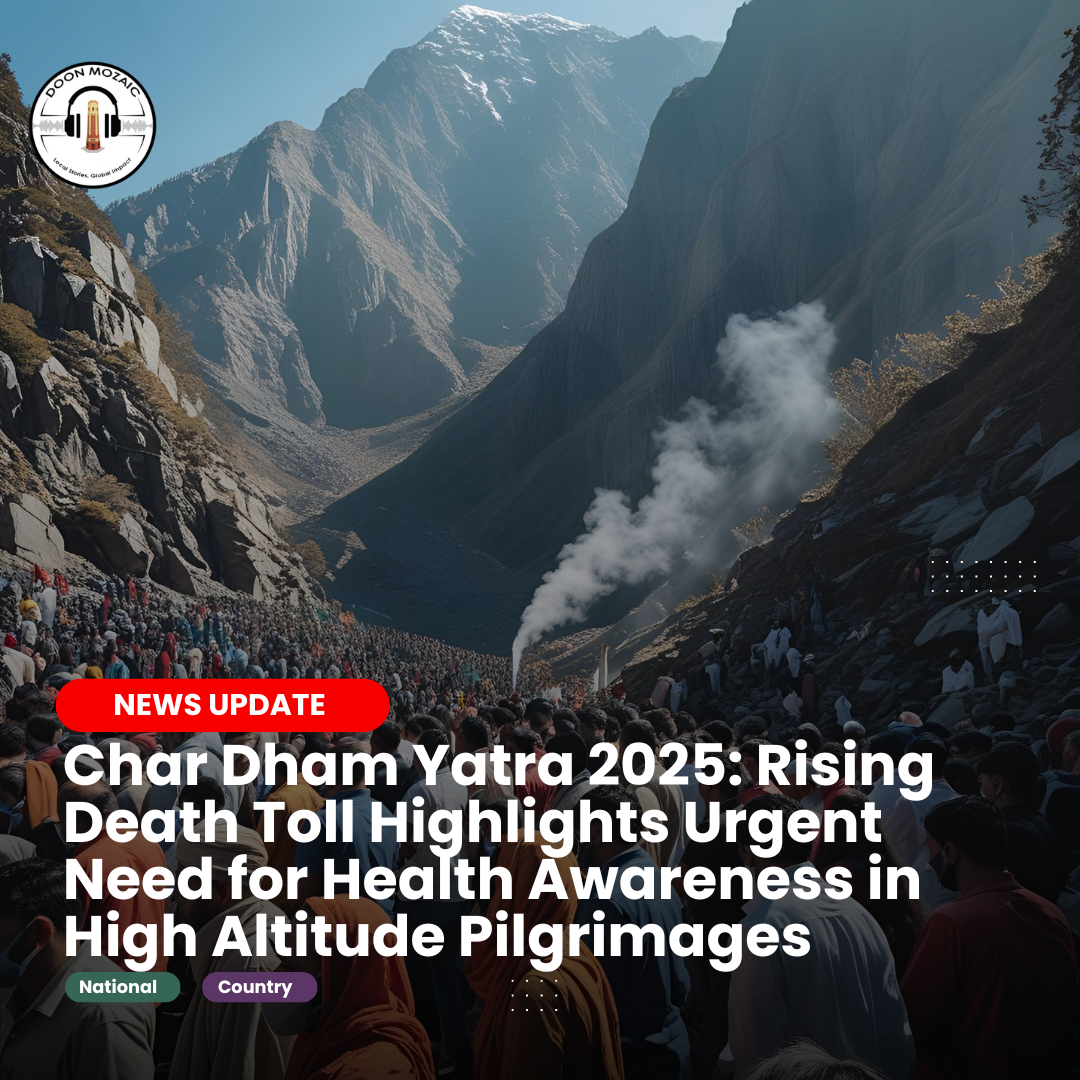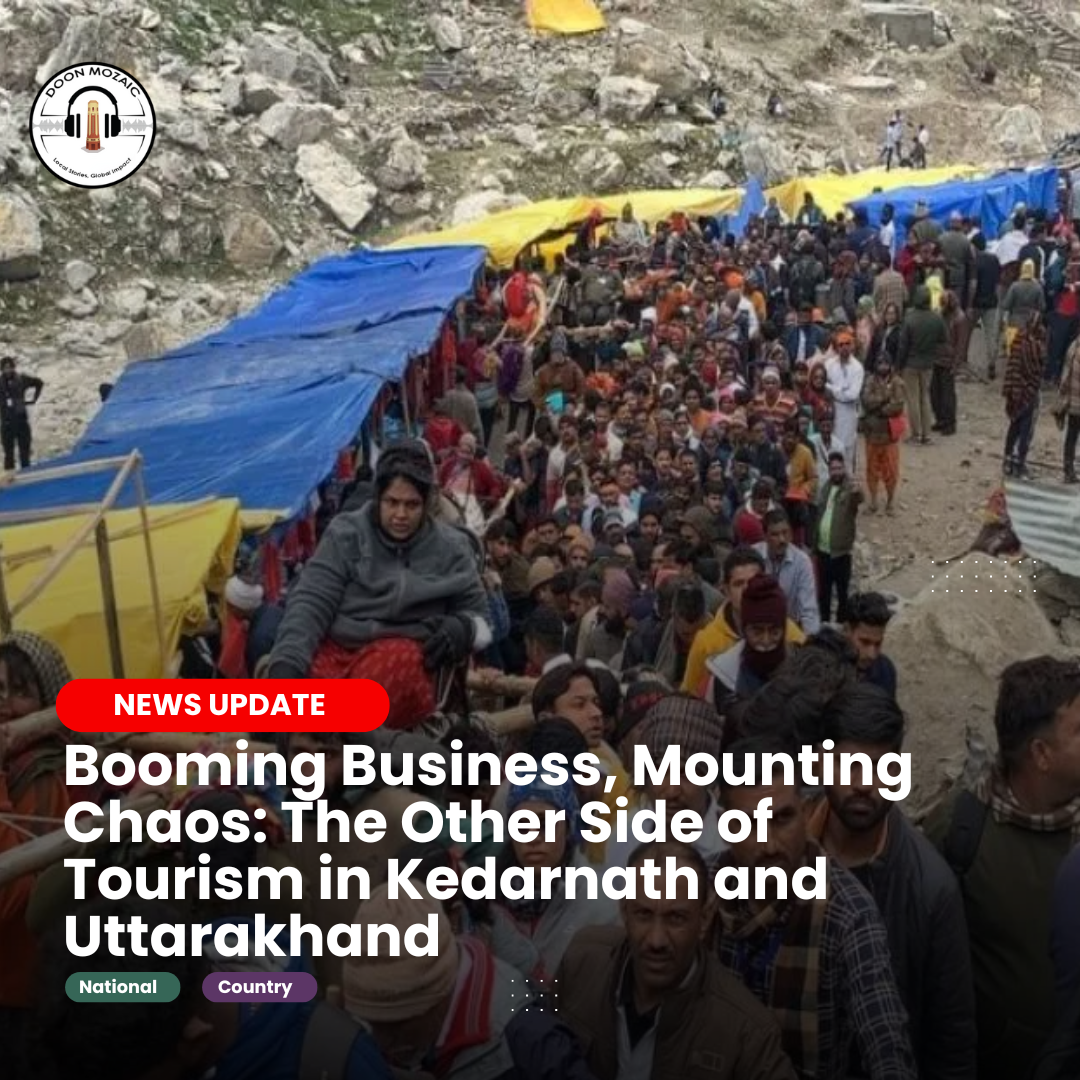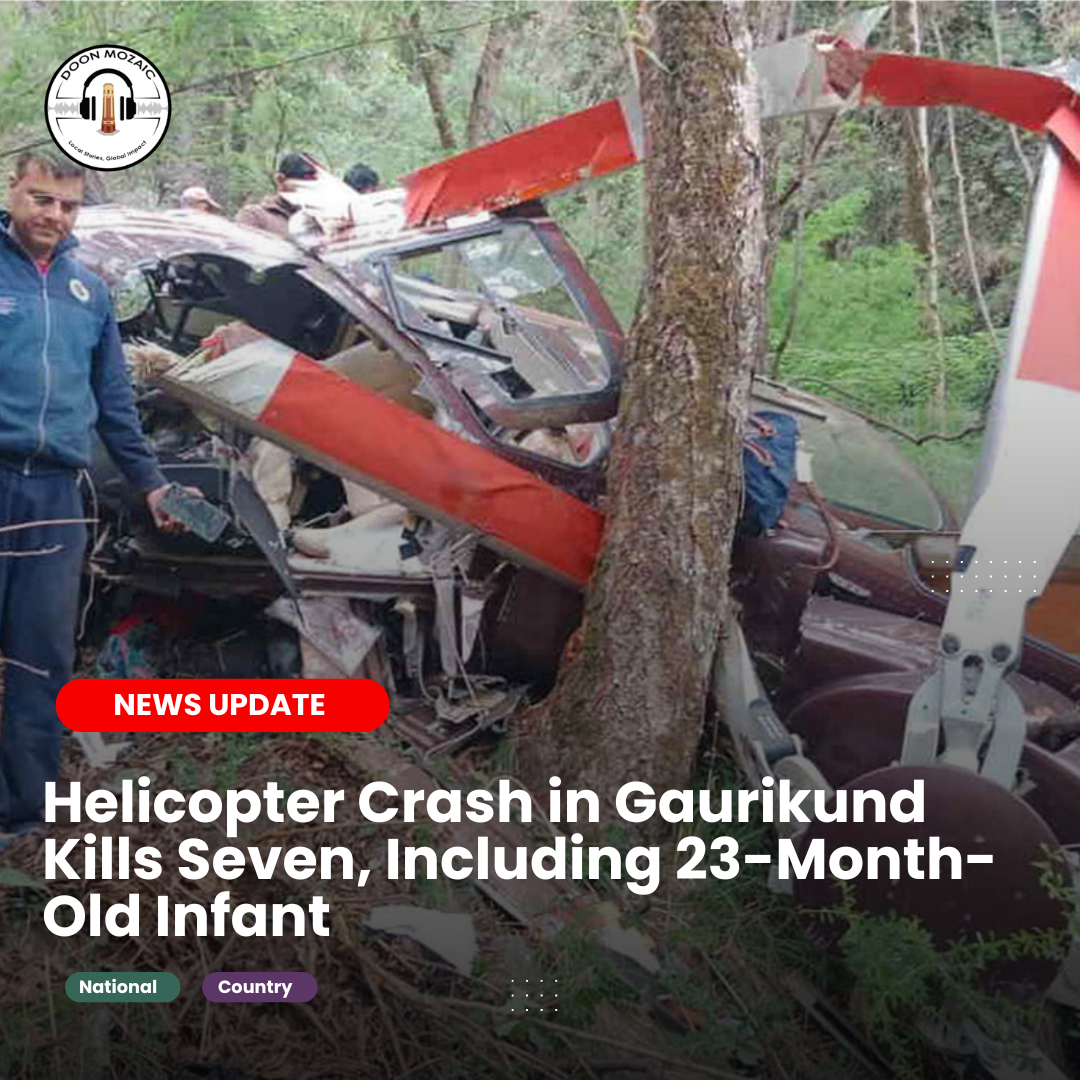The 2025 Char Dham Yatra in Uttarakhand has once again raised serious concerns over pilgrim safety, with 37 reported deaths within just 27 days of the yatra’s commencement. Most fatalities have occurred due to cardiac arrests and severe health complications caused by high altitudes, particularly in Kedarnath and Yamunotri. In the latest incidents, two more pilgrims lost their lives in Yamunotri after experiencing breathing difficulties. Suresh, a 50-year-old from Rishikesh, collapsed near a shoe stall and was later declared dead at Janaki Chatti Hospital. Similarly, Varsha Jassu Vain, a 49-year-old from Gujarat, died shortly after being brought to the same hospital. Medical staff confirmed that both deaths were likely due to sudden cardiac arrest.
Despite medical camps, police arrangements, and state efforts, these incidents highlight a recurring pattern. Experts cite that most of these deaths occur due to inadequate acclimatization, rapid ascent, and pre-existing heart or respiratory conditions. Kedarnath, which involves an 18-kilometer steep trek at an altitude of 3,584 meters, remains the most dangerous among the four shrines. Even though destinations like Hemkund Sahib and Leh-Ladakh sit at similar or higher altitudes, they record significantly fewer fatalities, often because of better preparation and awareness among visitors.
Dr. K.K. Tripathi, a physician familiar with high-altitude health risks, warns that individuals above 50 years of age or those suffering from heart or lung conditions should not attempt the yatra without proper health evaluations. He recommends that pilgrims prepare for months in advance, focus on walking and stair exercises, and carry essential medicines, dry fruits, and lightweight luggage. Likewise, mountaineer Sheetal Raj emphasized that ascending over 3,000 meters is a physically demanding task, even for trained climbers, and should never be taken lightly.
Government data from 2024 shows that 52 pilgrims died during the yatra season, with the majority of deaths concentrated in Kedarnath. This year, as of mid-June, the numbers already stand at 18 deaths in Kedarnath, 10 in Yamunotri, 7 in Gangotri, and 2 in Badrinath. The total footfall has already reached over 13 lakh pilgrims, and projections suggest it may exceed 50 lakh by the end of the season. While the state has implemented mandatory registration and increased medical deployments, the growing death toll suggests the need for stronger health screening protocols and public awareness campaigns.
In a separate but related incident in Nainital, a young man named Bhupendra Devli collapsed while training for army recruitment. Despite being rushed to the hospital, he was declared dead, likely from a heart attack. His death further underlines the importance of cardiac health awareness—even among young, seemingly fit individuals.
Ultimately, the Char Dham Yatra remains one of India’s most revered spiritual journeys, but it comes with serious physical challenges. Pilgrims, especially those with existing health issues or over a certain age, must prepare adequately, acclimate gradually, and not ignore early signs of distress. As faith meets physical endurance in the Himalayas, responsibility and preparedness can be the difference between a blessed journey and a tragic one
Discover more from The Doon Mozaic
Subscribe to get the latest posts sent to your email.



